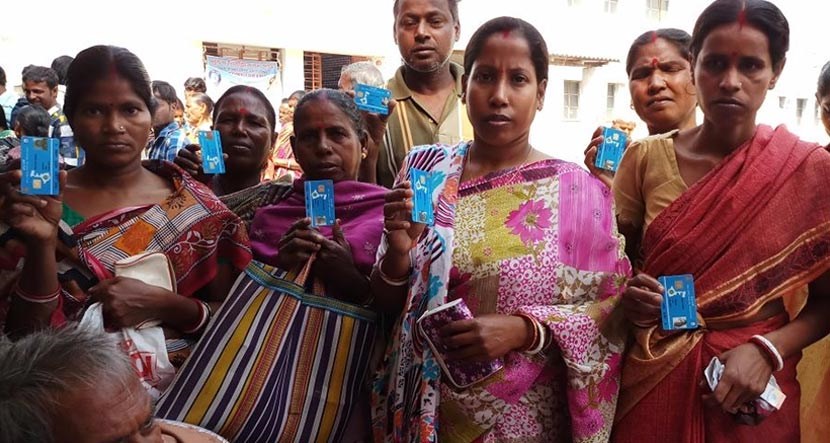.gif)
.gif)

West Bengal has significantly boosted its healthcare sector investment over the past decade, with the state’s healthcare budget rising from Rs 2,588.90 crore in 2015-16 to Rs 19,851.73 crore in 2024-25. This surge in funding has facilitated comprehensive improvements in the state's healthcare infrastructure, services, and medical education system.
In terms of medical education, West Bengal has expanded its capacity substantially. The number of medical colleges in the state has increased from 11 to 35, while the number of MBBS seats has grown from 1,300 to over 5,000. These changes reflect the government's commitment to producing more healthcare professionals to meet the growing demand. Furthermore, the Swasthya Sathi health insurance scheme now covers 2.45 crore families, providing affordable healthcare access to millions of residents. Over 160 health units have been set up for free health checkups, and 110 fair price shops offering generic medicines at 70-75% discounts have been established across the state.
The state's investment in hospital infrastructure has also been significant. The number of beds in government hospitals has grown from 56,765 in 2011 to 97,000 in 2024, with a steady increase in the number of doctors employed in the public healthcare system, rising from 13,413 in 2011 to 18,213 in 2024. Additionally, the state government is focused on expanding critical care services, with plans to set up critical care units for pregnant women and infants in district and sub-divisional hospitals, ensuring improved access to specialized care. These efforts are part of a larger strategy to overhaul and enhance the state's healthcare system.